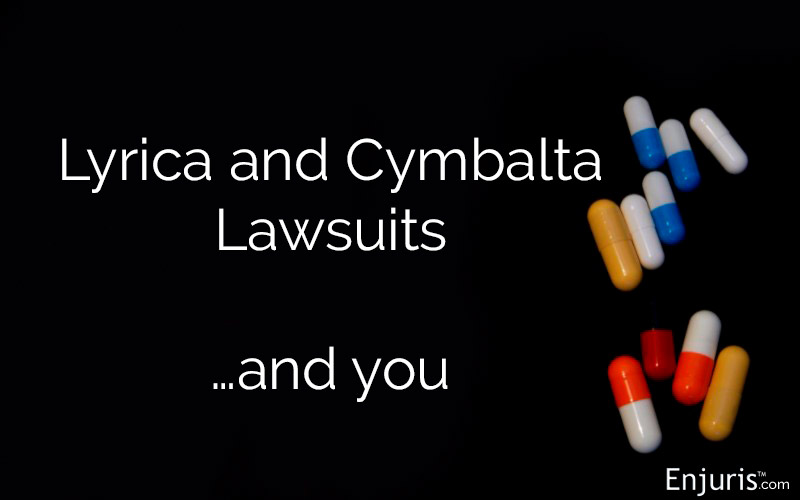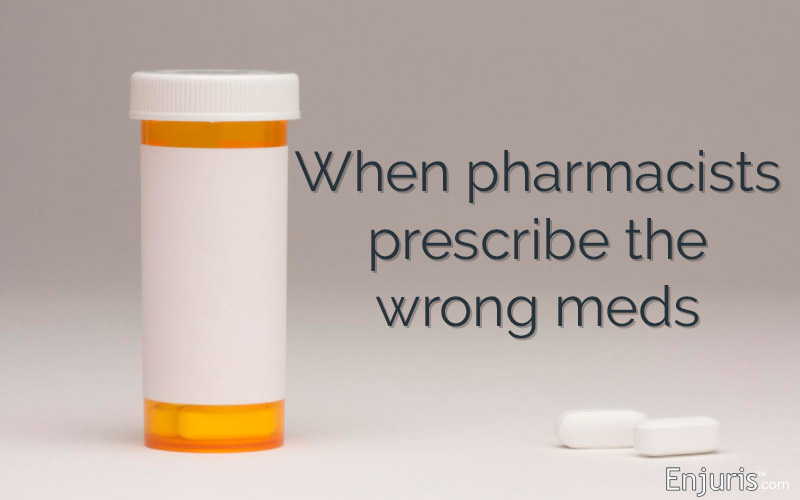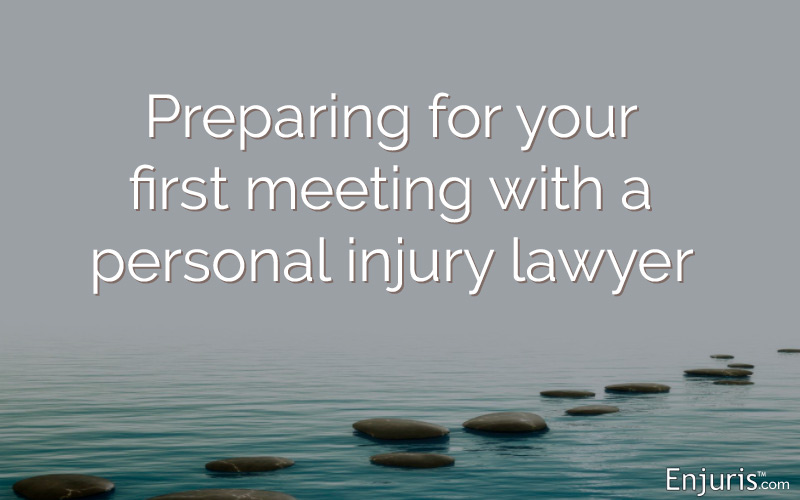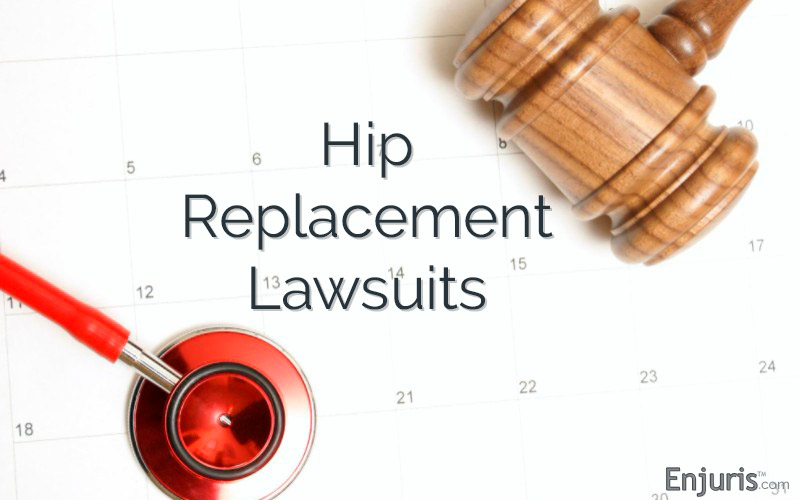Product liability, lawsuits, damage caps, famous cases, and how to hire a product liability lawyer
Defective products law at a glance
Perhaps it was a toy that you bought for your children. Maybe it was a microwave you bought for the household. Or perhaps it was a lawnmower. Historically, there have been many times when products didn’t operate in the way they were intended – and someone got seriously hurt as a result.
Negligence is the basis for any personal injury lawsuit. When negligence plays a role in product design, manufacturing or marketing (a failure to warn appropriately), the area of law that applies is called “defective products,” “product liability” or “strict products liability.”
3 types of defective products cases
Product liability law exists to protect consumers who are injured by faulty devices or poor warning labels.
Determining which type of defective products case applies depends on the manufacturer’s intent when the product was created. It is also important to examine supply chain management and where in the process things failed. (Was it the original producer? Did it get damaged in transit? Did the end user alter the final product to make it more dangerous?)
Which type of defective products case applies?
There are 3 main types of faulty product claims.
Design defects
If a product was designed poorly or was not adequately tested, this likely means that the product will be below standards and dangerous to use. This aspect of a product liability cases focuses on the manufacturer’s decisions when making the product. How did they plan it? Was there a defect in the design that made it unreasonably dangerous?
Even a perfectly made product can endanger the end-user if the defect was part of its design. A product is unreasonably dangerous if it does not perform as expected when used in its intended manner.
Some examples of design defects include the following:
- A car that can accelerate on its own
- A small toy that can be swallowed by a child
- A gun safety that still allows the gun to be fired
Liability exists where there is a foreseeable risk posed by the product when it was used for its intended purpose. Many states require the plaintiffs show that the risk could have been mitigated by adopting an alternative design that was economically feasible and in harmony with the product’s intended purpose.
For example, could the defendant still make a toy train without lead paint in a way that would not cost too much?
You’d need the estimated cost of non-lead paint and the estimated cost of lead paint, multiplied by the estimated number of little children with lead-related injuries. If the cost of non-lead paint is less than the cost of medical bills, then the non-lead paint option would be considered economically feasible.
As crass as it sounds, most product liability cases live and die around how much is “too much.” To answer this, courts discuss what’s known as the “cost-benefit analysis.” They estimate the additional cost of the safer design against the cost of the damage incurred if the modification isn’t made. This can also include costs like medical bills and lawsuits.
In terms of legal costs, there are 2 legal claims that are discussed: strict liability and negligence.
- Negligence is when the manufacturer knew or should have known of the danger associated with the way they designed the product. The analysis would thus be focused on conduct. Was the manufacturer aware that they could have made the toy safer?
- Strict liability, on the other hand, is when a manufacturer puts a defective product in the market when it poses an unreasonable danger. Even if they were careful, the manufacturer may still be held liable. The focus is on the product, not on the manufacturer’s conduct or state of mind.
Some jurisdictions still use the “consumer expectations test,” in which the court asks whether the danger posed by the product goes beyond the consumer’s ordinary expectations. However, since that is a very subjective standard, most jurisdictions have left it behind.
Failure to warn
Also called “marketing defects,” this form of negligence focuses on actions in the supply chain. The product was properly designed, but it did not have the correct instructions or warnings. This lack of guidance made the product unreasonably dangerous to its intended consumers.
Some examples of failure to warn include the following:
- A medication that causes vomiting if not taken with a glass of water
- A child’s chair meant to clamp onto a table that falls if not installed correctly
- A saw that causes injury if a person’s hand is in the incorrect place
A manufacturer has 2 related duties when creating instructions: 1) they have to warn users of hidden dangers that might be present in the product, and 2) they must instruct users how to use that product safely.
Manufacturing defects
Even if the product were designed to be safe, perhaps the end result did not reflect that design. If that product then causes an injury to its intended user, the manufacturer can be held liable.
Some examples of manufacturing defects include the following:
- Tread lines on tires not gripping the road correctly
- A faulty lock on a car door
- A safety buckle on a car seat that doesn’t lock in place
Unlike a design defect, the manufacturer did not plan for a defect in this case. Damages in this case will be determined by strict liability, which means the manufacturer is responsible for any injuries despite the level of care they took in making the products.
If a plaintiff can prove that a defect caused their injuries and also provide proof that eliminates other possible causes, then the plaintiff can prove causation – even if the original product is damaged or lost. This is called the “malfunction doctrine.”
Common defenses by suppliers and manufacturers in defective products lawsuits
In a product liability suit, the plaintiff has to prove 4 things in order to successfully recover damages:
- They were injured and suffered a loss.
- The product was defective in some way.
- That specific product was the actual and proximate cause of injury.
- They were using the product as intended and as a reasonable person would use it.
As you might imagine, defective products lawsuits are very expensive for manufacturers to defend. Because of this, they will do whatever they can to stop them before they gain any traction.
- A primary defense they will use is that the plaintiff has not correctly identified the manufacturer responsible for the defect in question. The plaintiff has to locate the right company in order to receive damages. This is where knowledge of supply chain management comes into play.
- Another defense is that the plaintiff changed the product after acquiring it, which led to the injury. For example, such defenses have been raised in gun cases where a rifle owner added a bump stock in order to make a semiautomatic weapon fire faster. Adding to a product would negate the manufacturer’s responsibilities because the plaintiff, perhaps without meaning to, broke the supply chain.
- A third defense is that the plaintiff assumed the risk of using a defective product – meaning they knew it was defective, and then they decided to use it anyway.
Moving the defective products case to federal court
Defendants often try to remove defective products cases from state court to federal court.
Why?
Because being under federal jurisdiction offers different pleading standards, efficient uniform evidentiary and procedural rules, more diverse juries, and vigorous expert discovery. By removing a case, defendants can gain leverage to force the early resolution of a claim.
Tweet this
However, certain factors must be met in order for defendants to remove a claim to federal court. For instance, the federal court must also have original subject matter jurisdiction, or the product must have been manufactured according to federal specifications.
Famous product liability cases
The Hot Coffee case
There are a few defective products cases that most folks can name off the top of their head, like the Hot Coffee Case. Liebeck v. McDonald’s is made fun of often, because the customer received a cup of coffee, spilled it on her lap and claimed it had scalded her.
“Give me money, McDonald’s!”
Seems basic, right?
Not so.
Tweet this
In fact, the coffee was so boiling hot that Liebeck required skin grafts for her third-degree burns. She was in the hospital for 8 days. It was discovered that McDonald’s routinely served coffee much hotter than standards allowed because they wanted it to stay warm for as long as possible. Burn hazards exist when liquid is more than 140 degrees; McDonald’s coffee was 185 degrees, plus or minus a few digits, to “maintain optimum taste.” That can cause third-degree burns in less than 10 seconds.
Leaky breast implants
What about Dow Corning, an implant company that allegedly made rupturing silicone breast implants?
Well, a jury found that the company failed to warn of potential risks, had breached its warranty, committed fraud, and designed a total failure of a product. They awarded $7.3 billion in a defective products case to Mariann Hopkins, whose ruptured implants caused an immune system disease.
Drugs with side effects
Defective pharmaceuticals are another area of law, and they also fall under product liability cases. Merck Pharmaceuticals ended up paying more than $4.85 billion for problems associated with Vioxx, an arthritis drug that had some nasty side effects, including heart attacks and strokes.
AndroGel
A plaintiff received $150 million in punitive damages, but no compensatory damages, in a case against AbbVie, Inc. The company manufactured AndroGel, a drug to treat low testosterone. The jury found that AbbVie fraudulently misrepresented safety risks. However, they also decided that the product did not cause the plaintiff’s alleged injury, meaning that the plaintiff did not win his strict liability and negligence claims.
However, the manufacturer was forced to pay punitive damages because they knew that the product could cause heart disease, heart attacks and strokes, but did not adequately warn their consumers and put it on the market anyway.
Phthalates and the CPSC
The Consumer Product Safety Commission issued a final rule in October 2017 that prohibits the manufacture for sale, offer for sale, distribution or importation of toys and child care products that contain more than 0.1% of 5 phthalate chemicals. This rule took effect on April 25, 2018. These phthalates, or “plasticizers,” make plastic toys softer and more pliable, but can become toxic when kids put the toys in their mouths.
Damage caps in defective products liability cases
Defective product plaintiffs are sympathetic to juries and judges, and many times the cases are catastrophic in their damage. This has led some states to “cap” (or limit) compensation for victims in civil lawsuits.
Most of these limits focus on non-economic damages, though a few states cap both economic and non-economic damages. Some states have found their cap laws for pain and suffering unconstitutional, as Florida did 2017.
Caps for product liability cases by state
No damage caps (39 states plus D.C.): AL, AZ, AR, CA, CT, DC, DE, FL, GA, HI, IL, IN, IA, KY, LA, ME, MA, MN, MO, MT, NE, NV, NH, NJ, NM, NY, NC, ND, PA, RI, SC, SD, TX, UT, VT, VA, WV, WI, WY
Non-economic damage caps (11 states): AK, CO, ID, KS, MI, MD, MS, OH, OK, OR, TN
Caps declared unconstitutional or legislatures have not re-passed (4 states): FL, IL, NH, WA
Source: CJ&D at New York Law School
What to look for in a defective products attorney
After you’ve been injured by a faulty product, choosing a product liability attorney is the most important decision you will have to make. Do careful research before selecting a product liability attorney. This is a highly concentrated field, and each product defect is a specialty in and of itself.
Believe it or not, some attorneys specialize in things like foodborne illness or children’s toy malfunctions.
If your daughter’s Easy Bake Oven™ set the house on fire because of a wiring malfunction, you don’t want to pick an attorney who specializes in tuna and mackerel. Most law firms will have a roster of attorneys to whom they can send you for a consult if it’s not their area of expertise.
Make sure to look for a defective product attorney who knows product liability law, makes you feel at ease, who puts your needs first and who devotes the necessary time to your case. Read lots of reviews and ask people who have used product liability attorneys before.
Also, keep in mind that it makes a big difference if your selected attorney normally works with manufacturers or plaintiffs. While a product liability attorney who typically defends companies might be able to anticipate the other side’s actions, this also could be a detriment because they are used to playing for the other team.
Here are some questions to ask before picking a lawyer:
- Speak with the partners and the associates, as well as the supporting legal team. You will not always be working with the same person, so make sure that you are comfortable with everyone in the office.
- Don’t be dazzled by awards. While recognitions and awards can be one indicator of an attorney’s expertise, don’t forget to judge a firm by their experience and settlements rather than their placards alone.
- Find out if the firm regularly goes to trial and what their success rate is. Most importantly: what is their settlement success rate? Remember that 95% of personal injury cases do not go to a jury.
- Do these attorneys have any disciplinary or ethics charges? If so, walk away.
- Check client reviews online and see what others think.
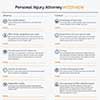 Personal Injury Attorney Interview Sheet
Personal Injury Attorney Interview Sheet
Worksheet with questions to ask a personal injury attorney to help determine if he or she will be a good fit for your case
Download in PDF format![]()
Picking an attorney is the hardest part. When you finally sit down with him or her, you’ll want to have everything ready: hospital bills, medical reports, receipts from the manufacturer, the product in question, and anything else related to your case.
If you need someone to help you, consider some of the resources below and explore the Enjuris directory of attorneys to find one who is well practiced in this area.
Resources to help you hire the best defective products/product liability lawyer
- UPDATE: Talcum powder lawsuits & settlements
- Cast iron pipe failures: When your insurance won’t cover damages
- Tesla car battery fires & defective product claims
- Defective airbag injury lawsuits
- Defective vaccine injury claims
- Food poisoning
- FDA recalls for defective medical devices
- Online dental aligner injuries & lawsuits
- CPAP and BiPAP devices recalled, class action lawsuit filed
- Similac baby formula lawsuits
- Enfamil baby formula lawsuits
- Paraquat herbicide Parkinson’s disease lawsuits
- Omegle website lawsuit by child victim
- Spot the fake! What to do if e-commerce products cause injury
- Power and peril: The unseen dangers of portable generators
- Mirena lawsuits: Settlements, symptoms & hiring a lawyer
- Risperdal lawsuits
- Zoloft lawsuits
- Actos lawsuits
- Nexium side effects & lawsuits
- Abilify lawsuits
- Actemra lawsuits: Failure to warn of dangerous side effects
- Ambien side effects & lawsuits: Know the risks
- Essure lawsuits: Some women STILL suffer its effects
- Levaquin side effects and how to file a lawsuit
- Accutane lawsuits: What’s happening now?
- Transvaginal mesh basics
- Transvaginal mesh lawsuits and complications
- Transvaginal mesh settlements
- Recalls on transvaginal mesh implants
- Defective Stryker knee replacement lawsuits
- Hip replacement lawsuits by manufacturers of devices used in hip surgeries:
Lyrica and Cymbalta lawsuits - What you can do today
Do you or someone you know take Lyrica or Cymbalta medication for nerve pain or depression? You may have already heard about the drug lawsuits around these nerve and antidepressant meds for things like brain damage, permanent side effects and withdrawal. Read more

